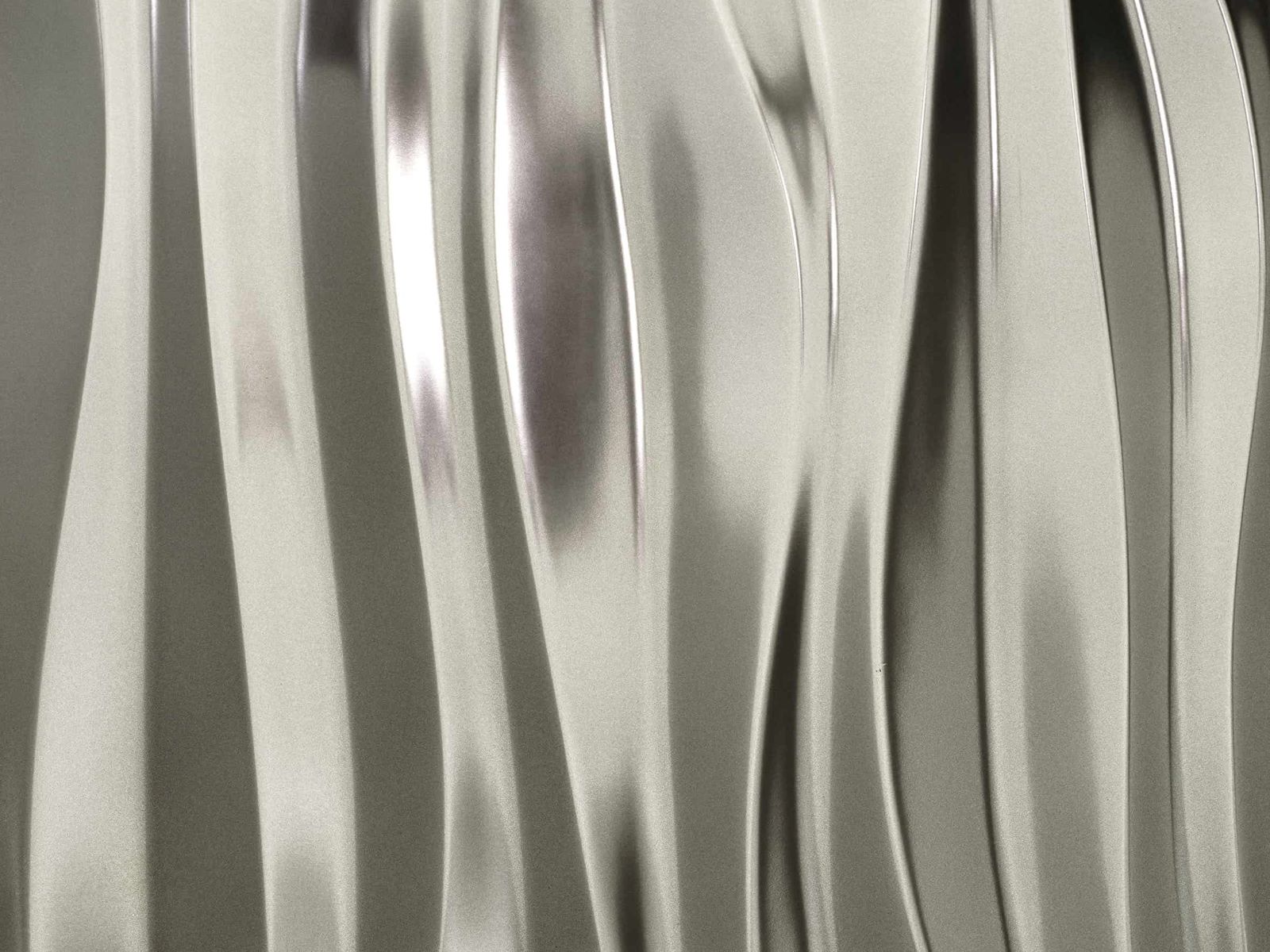
Layering is a gardening technique that helps plants grow new roots while still attached to the parent plant. But why should you care about layering? Because it’s a simple, effective way to propagate plants without needing seeds or cuttings. This method can be a game-changer for gardeners looking to expand their plant collection or save a beloved plant. Whether you’re a seasoned gardener or just starting, understanding the basics of layering can open up new possibilities for your garden. Ready to learn more? Let’s dive into 26 fascinating facts about this incredible propagation technique!
Key Takeaways:
- Layering is a versatile technique used in fashion, gardening, art, technology, cooking, and music to create depth, texture, and interest by combining different elements. It's a fun and creative way to express personal style and enhance various aspects of life.
- Whether it's creating stylish outfits, propagating new plants, adding depth to art, organizing technology systems, enhancing flavors in cooking, or enriching music compositions, layering is a multi-dimensional technique that adds versatility, creativity, and depth to various aspects of our lives.
What is Layering?
Layering is a technique used in various fields, from fashion to gardening, to create depth, texture, and interest. It involves placing different elements on top of each other to achieve a desired effect. Let's dive into some fascinating facts about layering.
Layering in Fashion
Layering in fashion is all about combining different pieces of clothing to create a stylish and functional outfit. Here are some cool facts about this trend.
- Layering adds versatility to your wardrobe. By mixing and matching different pieces, you can create multiple outfits from a few items.
- It helps regulate body temperature. Wearing layers allows you to add or remove clothing as needed to stay comfortable in varying weather conditions.
- Layering can enhance your silhouette. Strategic layering can accentuate your best features and create a flattering shape.
- It allows for creative expression. Combining different textures, colors, and patterns lets you showcase your personal style.
- Layering can extend the life of your clothes. Wearing a base layer can protect outer garments from sweat and dirt, reducing the need for frequent washing.
Layering in Gardening
In gardening, layering refers to a method of plant propagation and soil management. Here are some interesting facts about this technique.
- Layering can help propagate new plants. By bending a low-growing branch to the ground and covering it with soil, you can encourage it to grow roots and form a new plant.
- It improves soil health. Adding layers of organic material, like compost and mulch, can enhance soil fertility and structure.
- Layering can conserve water. Mulching helps retain moisture in the soil, reducing the need for frequent watering.
- It suppresses weeds. A thick layer of mulch can prevent weed seeds from germinating and taking over your garden.
- Layering can protect plants from extreme temperatures. Mulch acts as an insulating layer, keeping roots cool in summer and warm in winter.
Layering in Art
Artists use layering to add depth and complexity to their work. Here are some fascinating facts about layering in art.
- Layering creates texture. By applying multiple layers of paint or other materials, artists can achieve a rich, tactile surface.
- It adds depth to a composition. Overlapping elements can create a sense of space and dimension in a piece of art.
- Layering allows for experimentation. Artists can build up layers, then scrape or sand them away to reveal hidden colors and patterns.
- It can convey a sense of time. Layers can suggest the passage of time, with older layers peeking through newer ones.
- Layering can enhance color. Transparent layers of paint can create luminous, complex colors that are difficult to achieve with a single layer.
Layering in Technology
In technology, layering refers to the organization of different components or systems to work together efficiently. Here are some key facts about layering in this context.
- Layering improves system organization. Breaking down a complex system into layers makes it easier to manage and understand.
- It enhances security. Multiple layers of security measures can protect against different types of threats.
- Layering can improve performance. By separating tasks into different layers, systems can operate more efficiently.
- It allows for modularity. Layers can be developed and updated independently, making it easier to maintain and upgrade systems.
- Layering supports scalability. Systems can be expanded by adding new layers without disrupting existing ones.
Layering in Cooking
Layering in cooking involves stacking different ingredients to create a dish with complex flavors and textures. Here are some tasty facts about this technique.
- Layering enhances flavor. Combining different ingredients in layers allows their flavors to meld and develop over time.
- It creates visual appeal. Layered dishes can be visually striking, with contrasting colors and textures.
- Layering can improve texture. Different layers can add crunch, creaminess, or other textures to a dish.
- It allows for creative combinations. Layering lets you experiment with different ingredient pairings and flavor profiles.
- Layering can make dishes more satisfying. A well-layered dish can provide a balanced mix of nutrients and flavors, making it more filling and enjoyable.
Layering in Music
In music, layering involves combining different sounds or tracks to create a rich, complex composition. Here are some harmonious facts about this practice.
- Layering adds depth to music. Multiple tracks can create a fuller, more immersive sound.
Final Thoughts on Layering
Layering isn't just about staying warm; it's a smart way to adapt to changing weather and activities. By understanding the basics, you can mix and match pieces to suit any situation. Remember, the base layer keeps you dry, the middle layer insulates, and the outer layer protects against wind and rain. Choose materials wisely, like moisture-wicking fabrics for the base and insulating materials like fleece for the middle. Don't forget to consider breathability and ventilation to avoid overheating. With these tips, you'll be ready for anything, whether it's a hike in the mountains or a walk in the park. So, next time you head out, think about your layers and how they can work together to keep you comfortable. Happy layering!
Frequently Asked Questions
Was this page helpful?
Our commitment to delivering trustworthy and engaging content is at the heart of what we do. Each fact on our site is contributed by real users like you, bringing a wealth of diverse insights and information. To ensure the highest standards of accuracy and reliability, our dedicated editors meticulously review each submission. This process guarantees that the facts we share are not only fascinating but also credible. Trust in our commitment to quality and authenticity as you explore and learn with us.


